Home>Others>Specialized Home Improvement Topics>What To Do If You Left Your Car Windows Open In The Rain
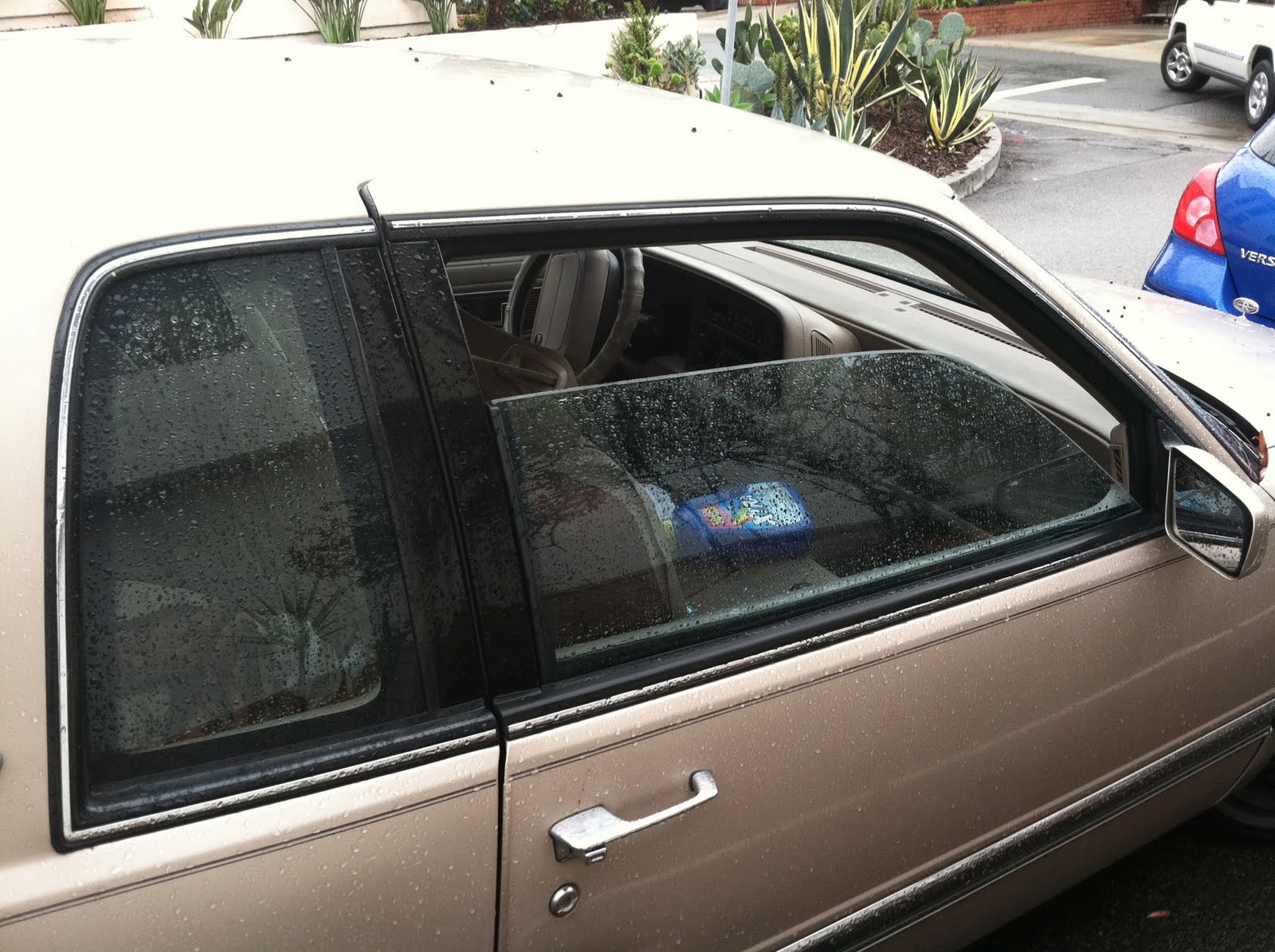

Specialized Home Improvement Topics
What To Do If You Left Your Car Windows Open In The Rain
Modified: January 18, 2024
Discover expert tips for dealing with a car left with open windows in the rain. Get specialized home improvement advice to prevent and address this common issue.
(Many of the links in this article redirect to a specific reviewed product. Your purchase of these products through affiliate links helps to generate commission for Storables.com, at no extra cost. Learn more)
Assess the Damage
Discovering that you left your car windows open during a rainstorm can be a sinking feeling. Water damage to a vehicle’s interior can lead to a host of issues, including mold, mildew, and musty odors. However, all is not lost. By taking swift and strategic action, you can mitigate the effects of the water intrusion and restore your car’s interior to its former glory.
When assessing the damage, start by inspecting the extent of the water exposure. Look for visible signs of water on the seats, floor mats, and carpeting. Take note of any areas where water has pooled or saturated the materials. Additionally, check the condition of any personal items or electronic components that may have been affected by the water.
Once you have a comprehensive understanding of the damage, it’s time to prioritize the next steps. If the water intrusion is minimal and limited to a small area, you may be able to address the issue yourself. However, if the damage is extensive or if you’re concerned about the potential for mold growth, seeking professional assistance may be the best course of action.
Remember, acting promptly is crucial when dealing with water damage. The longer moisture lingers in your car’s interior, the greater the risk of mold and mildew development. By promptly assessing the damage, you can take the necessary steps to prevent further issues and begin the restoration process without delay.
Key Takeaways:
- Act quickly to dry out your car’s interior after leaving windows open in the rain to prevent mold and mildew growth.
- Regularly check and maintain your car’s weather seals and develop a habit of double-checking windows to prevent future water damage incidents.
Read more: How To Defog Car Windows In Rain?
Dry Out the Interior
After assessing the extent of the water damage in your car, the next crucial step is to thoroughly dry out the interior. Promptly removing excess moisture is essential for preventing mold and mildew growth, as well as minimizing the risk of long-term damage to your vehicle’s upholstery and electronics.
Start by opening all the doors and windows to allow for maximum airflow. If possible, use a portable fan to increase air circulation within the vehicle. This will help expedite the drying process and reduce the humidity levels inside the car.
For particularly damp areas, such as the carpeting and floor mats, consider using a wet/dry vacuum to extract as much water as possible. Run the vacuum over the affected areas multiple times, emptying the reservoir as needed. This will help remove excess moisture and prevent it from seeping deeper into the upholstery and padding.
If the weather permits, park your car in a sunny spot to take advantage of natural heat and airflow. The warmth of the sun can aid in evaporating residual moisture from the interior surfaces. Keep the windows cracked open to facilitate ventilation while the car is parked.
Additionally, utilizing desiccants such as silica gel or commercial moisture-absorbing products can help absorb lingering moisture in the car’s interior. Place the desiccants in strategic locations, such as the footwells and seating areas, to aid in the drying process.
Throughout the drying-out period, periodically check the interior for any signs of lingering moisture or musty odors. Address any remaining dampness promptly to prevent the onset of mold and mildew. By diligently drying out the interior, you can minimize the potential for long-term damage and ensure a thorough restoration of your vehicle’s interior.
Clean the Upholstery and Carpets
Once you’ve effectively dried out the interior of your car, the next vital step in the restoration process is to clean the upholstery and carpets to remove any residual dirt, grime, and potential contaminants left behind by the water intrusion. This step is essential for not only restoring the appearance of your car’s interior but also for ensuring a hygienic and odor-free environment.
Begin by thoroughly vacuuming the upholstery, floor mats, and carpets to remove any loose dirt, debris, and remaining moisture. Use a vacuum with a brush attachment to effectively lift and extract particles from the fabric and carpet fibers. Pay close attention to crevices, seams, and areas where water may have accumulated.
For stubborn stains or areas with lingering odors, consider using a specialized automotive upholstery cleaner. Before applying the cleaner, test it on a small, inconspicuous area to ensure compatibility with the fabric. Follow the manufacturer’s instructions for application and use a soft-bristled brush to gently agitate the cleaner into the affected areas.
After treating the upholstery and carpets, thoroughly rinse and extract the cleaning solution using a clean, damp cloth or a wet/dry vacuum. Ensure that no excess moisture remains, as lingering dampness can contribute to mold growth and musty odors.
If your car’s upholstery is made of leather or vinyl, use a dedicated cleaner and conditioner specifically formulated for these materials. Regular maintenance of leather and vinyl upholstery can help preserve their appearance and prevent premature wear and tear.
Once the upholstery and carpets are clean and dry, consider using a fabric or upholstery protectant to provide a barrier against future spills and stains. These products can help repel liquid and prevent it from seeping into the fabric, making cleanup easier in the event of future accidents.
By diligently cleaning the upholstery and carpets, you can restore the aesthetic appeal of your car’s interior and create a clean, welcoming environment for your journeys ahead.
If you left your car windows open in the rain, use a towel or cloth to dry the seats and dashboard. Leave the windows open to let the car air out and prevent mold and mildew.
Inspect for Mold and Mildew
Following water damage to your car’s interior, it’s crucial to conduct a thorough inspection to identify any signs of mold and mildew. Even after drying out the affected areas, residual moisture and organic matter can create an environment conducive to mold growth, posing potential health risks and further damaging the vehicle’s interior.
Start by visually inspecting the upholstery, carpets, and any other porous materials for visible signs of mold or mildew. Look for discoloration, musty odors, and fuzzy or powdery growth on the surfaces. Pay close attention to areas that were particularly damp or where water may have accumulated, such as footwells and seat crevices.
In addition to a visual inspection, use your sense of smell to detect any lingering musty odors, which can indicate the presence of mold or mildew. If you detect a persistent musty smell, it’s important to take proactive measures to address the issue promptly.
If you suspect the presence of mold or mildew, it’s advisable to seek professional assistance to conduct a thorough assessment and remediation. Professional mold remediation specialists have the expertise and equipment to effectively identify and address mold growth, ensuring the safety and cleanliness of your car’s interior.
For minor instances of mold or mildew, you can take proactive steps to address the issue. Use a mixture of water and white vinegar or a specialized mold and mildew cleaner to treat the affected areas. Gently scrub the surfaces and allow the solution to sit for a short period before thoroughly rinsing and drying the treated areas.
After addressing mold and mildew, it’s essential to identify and eliminate the source of moisture that contributed to the problem. Whether it’s a leaky window seal, a damaged weatherstrip, or another issue, resolving the underlying cause of water intrusion is crucial for preventing future mold and mildew growth.
Regularly monitor the interior of your car for any signs of recurring moisture or musty odors, as these can indicate ongoing issues that require attention. By promptly addressing mold and mildew and implementing measures to prevent their return, you can safeguard your car’s interior and ensure a clean and healthy driving environment.
Prevent Future Incidents
After addressing the immediate effects of water damage to your car’s interior, it’s essential to implement preventive measures to minimize the risk of future incidents and protect your vehicle from potential water intrusion.
One of the most effective ways to prevent future incidents of leaving car windows open in the rain is to cultivate a habit of mindfulness and double-checking before leaving your vehicle unattended. Develop a routine of visually inspecting and confirming that all windows are securely closed before locking your car and walking away. Taking a few extra moments to perform this check can save you from potential water damage and the associated inconvenience.
Consider investing in weatherproof car accessories, such as window visors or rain guards, which can provide added protection against rain entering the vehicle when the windows are partially open. These accessories can allow for ventilation while minimizing the risk of water intrusion, especially during light rain or drizzle.
Regularly inspect and maintain your car’s weather seals, window gaskets, and door seals to ensure they are in good condition and effectively prevent water from seeping into the interior. Over time, these seals can deteriorate, leading to potential leaks during rainstorms. Replace any worn or damaged seals promptly to maintain the integrity of your vehicle’s weatherproofing.
In the event of inclement weather, consider using a car cover to provide an additional layer of protection for your vehicle. A high-quality car cover can shield your car from rain and moisture, especially if you anticipate leaving it parked for an extended period during rainy conditions.
Lastly, consider keeping a small, absorbent towel or cloth in your car to quickly address any unexpected water intrusion. Having a readily accessible towel can help absorb moisture and prevent it from seeping into the upholstery or carpeting, mitigating potential damage until you can thoroughly dry out the affected areas.
By incorporating these preventive measures into your car care routine, you can minimize the risk of future water damage incidents and preserve the integrity of your vehicle’s interior, ensuring a comfortable and well-maintained driving environment.
Frequently Asked Questions about What To Do If You Left Your Car Windows Open In The Rain
Was this page helpful?
At Storables.com, we guarantee accurate and reliable information. Our content, validated by Expert Board Contributors, is crafted following stringent Editorial Policies. We're committed to providing you with well-researched, expert-backed insights for all your informational needs.
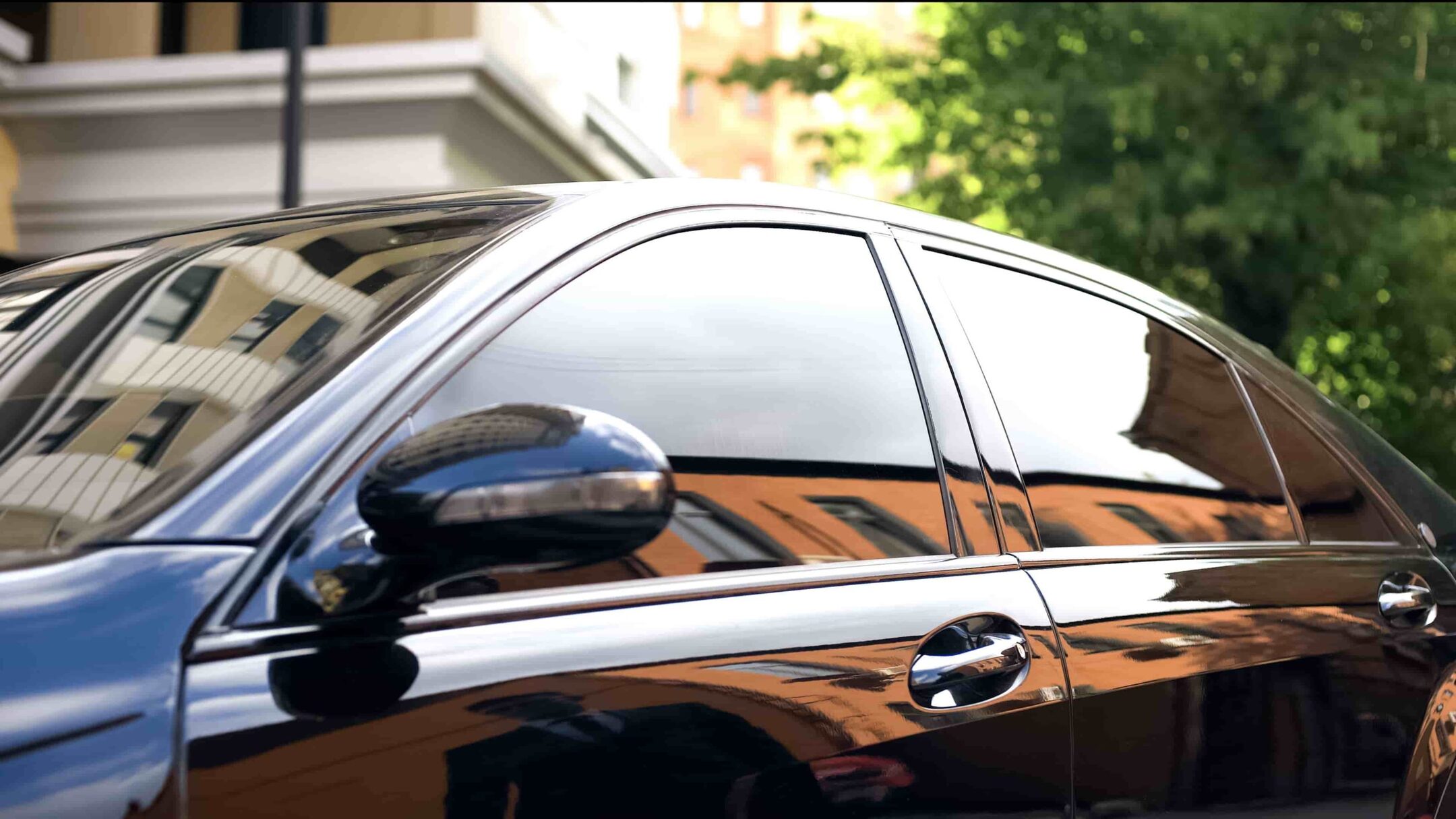
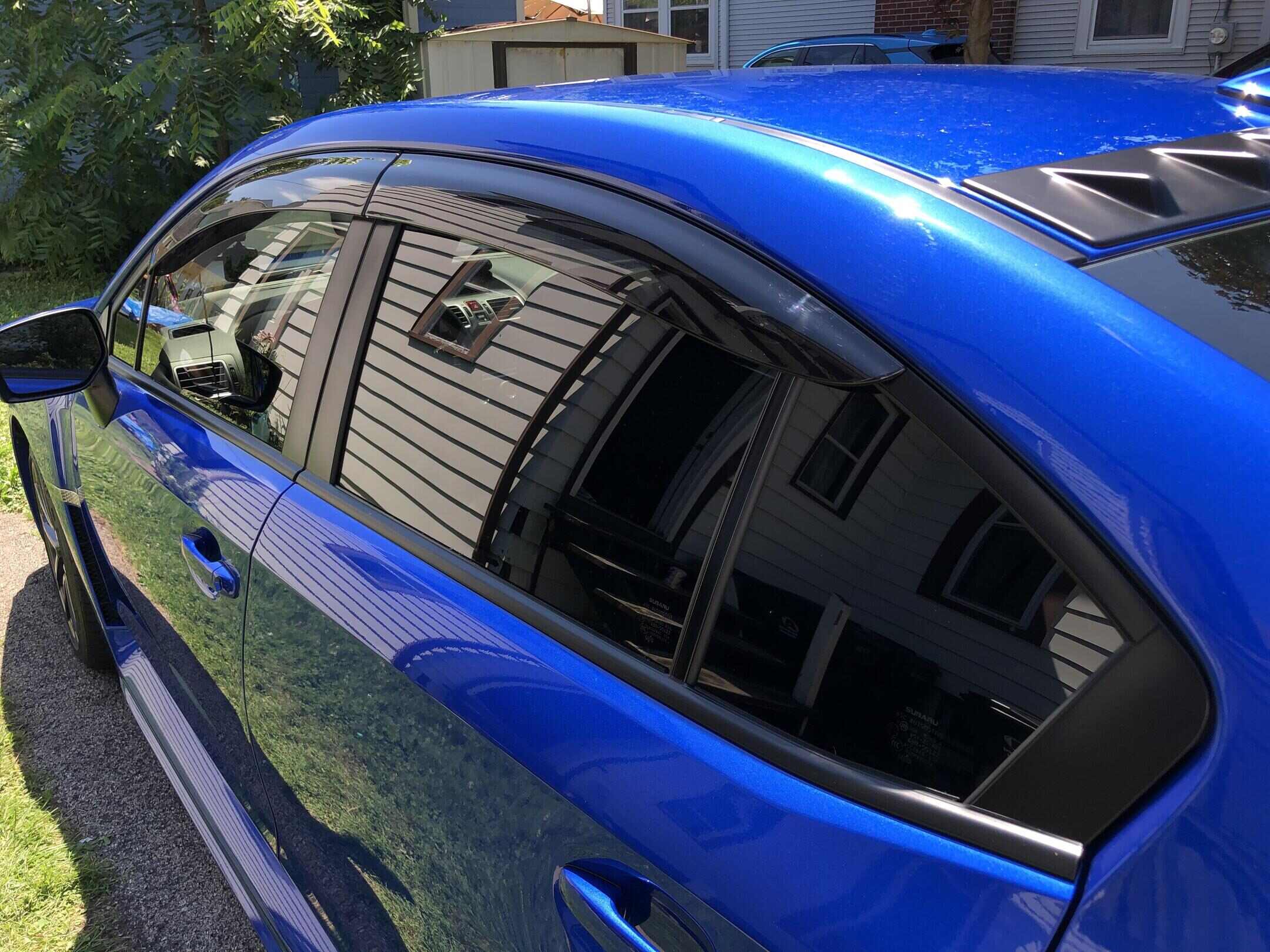
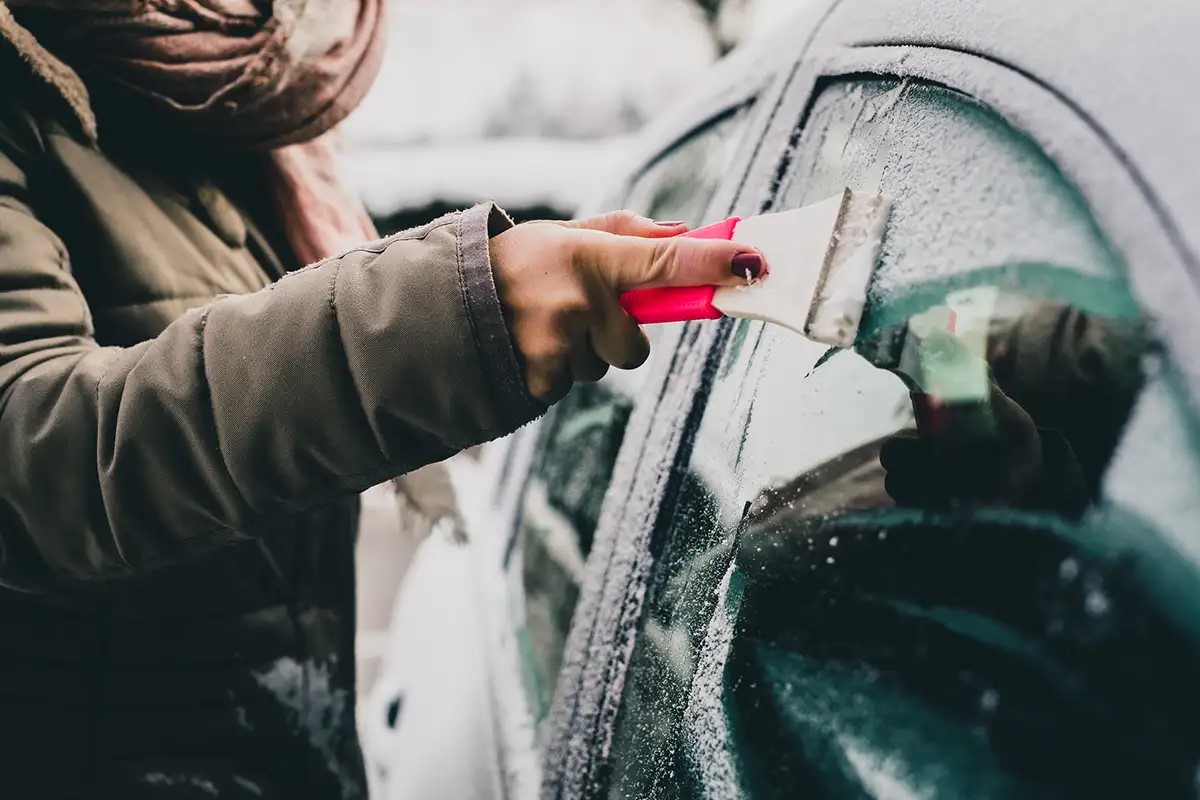
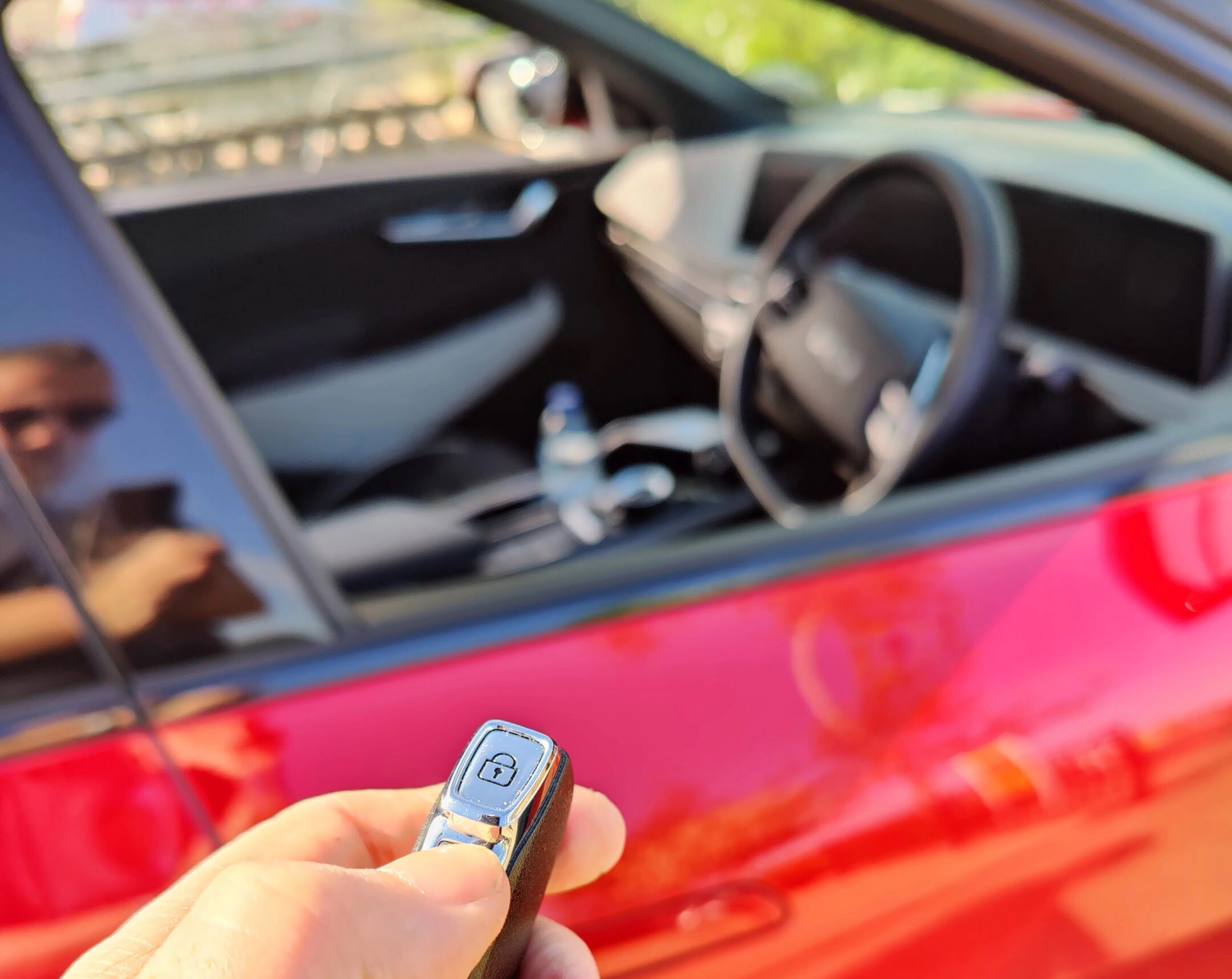
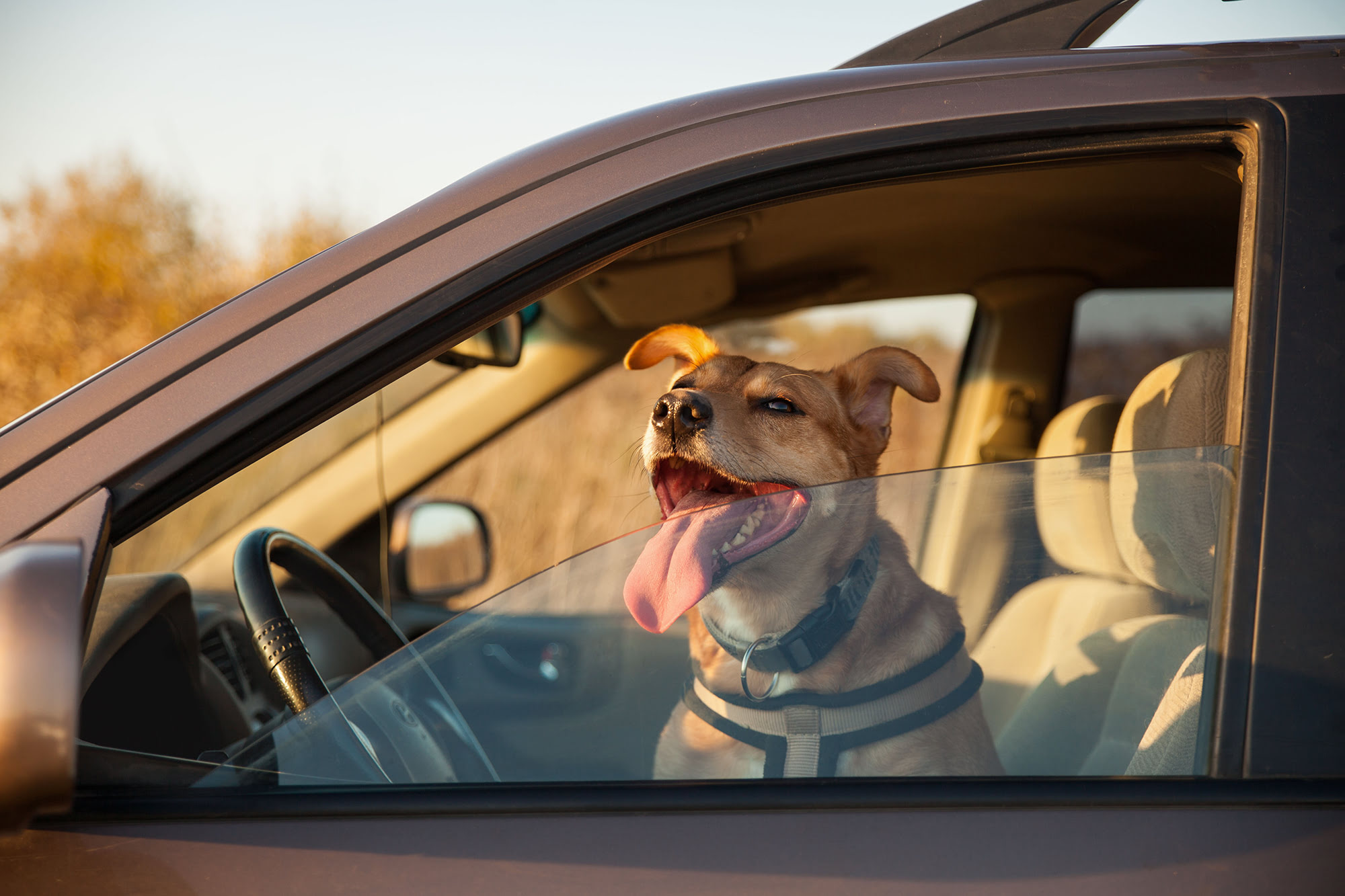
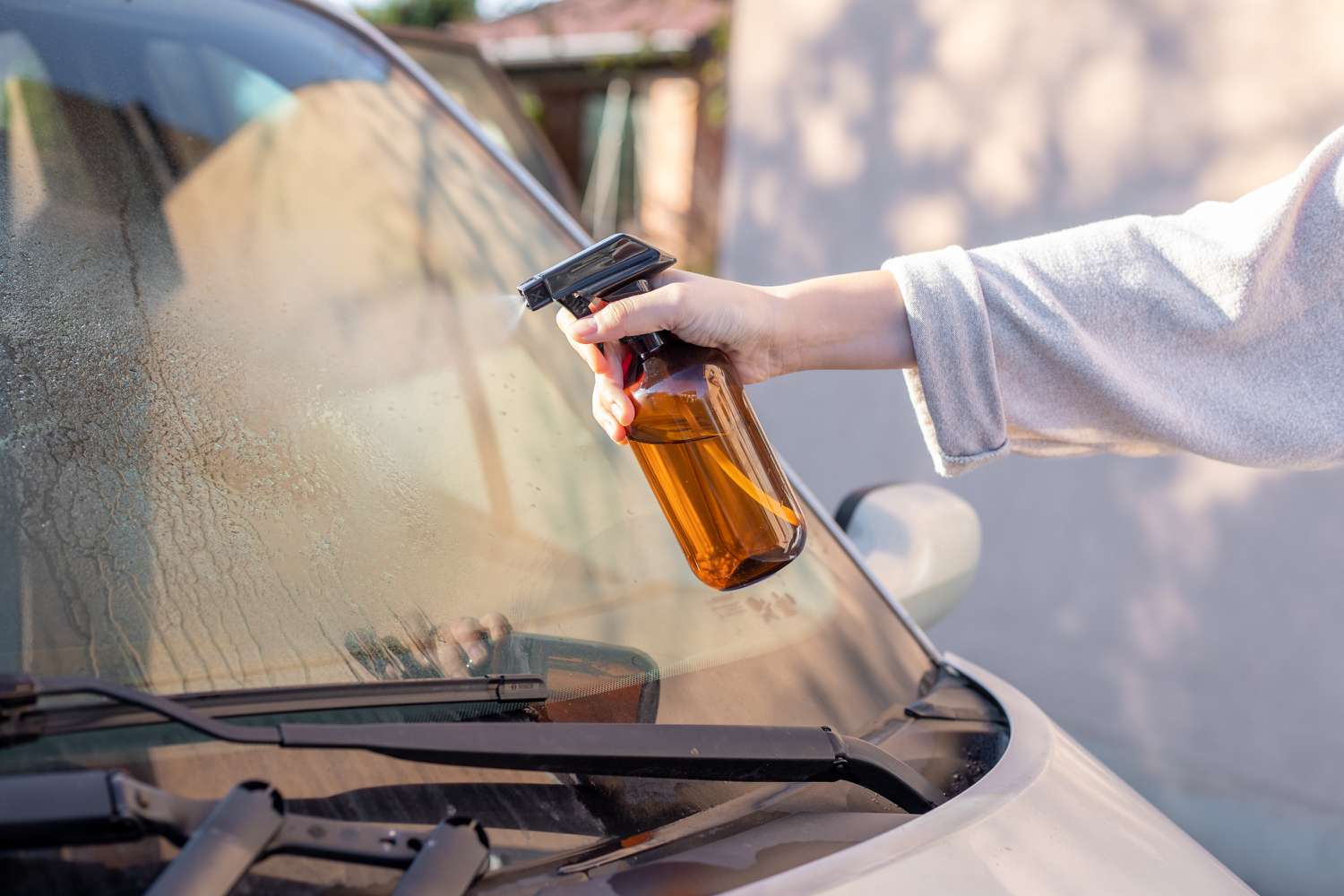


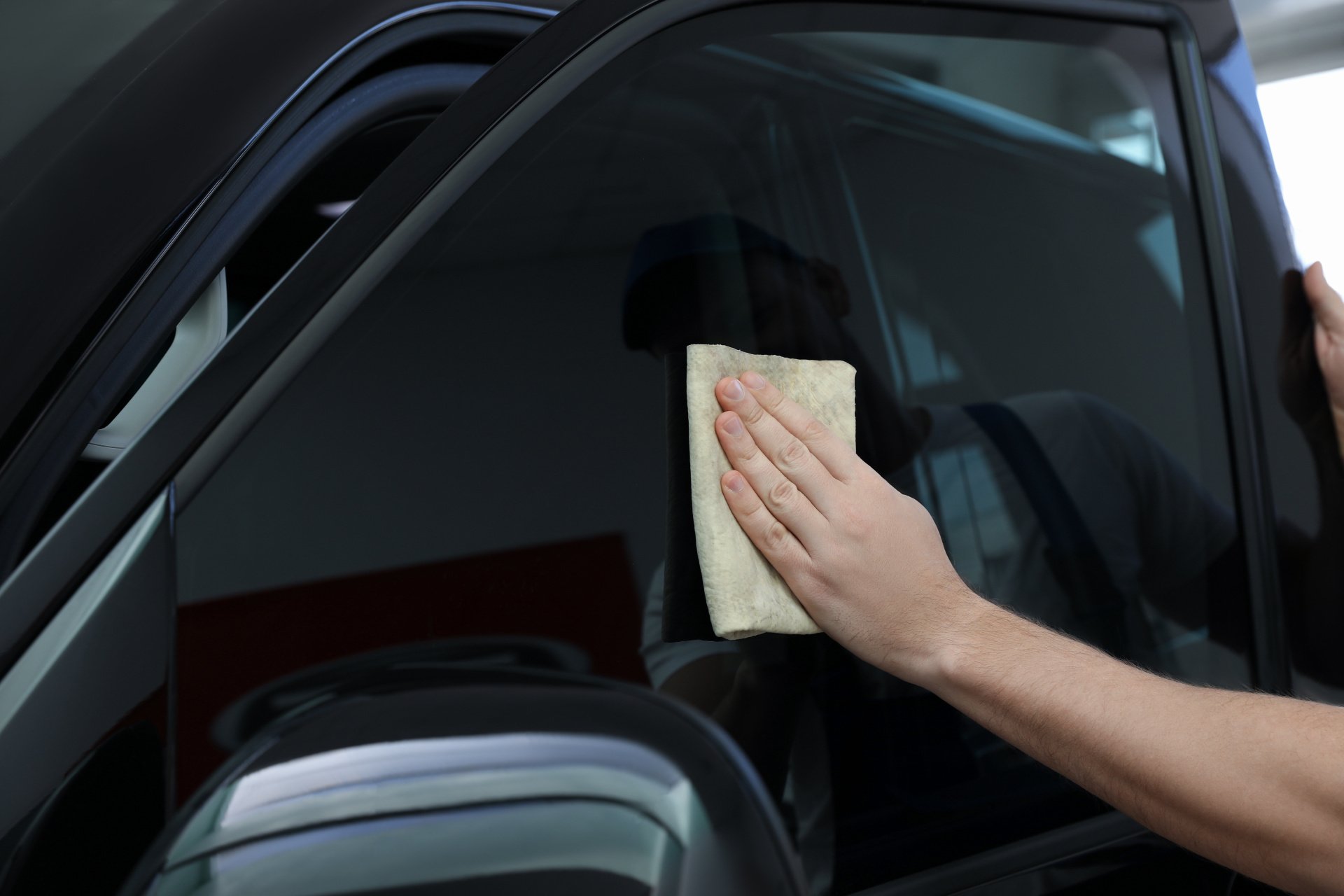

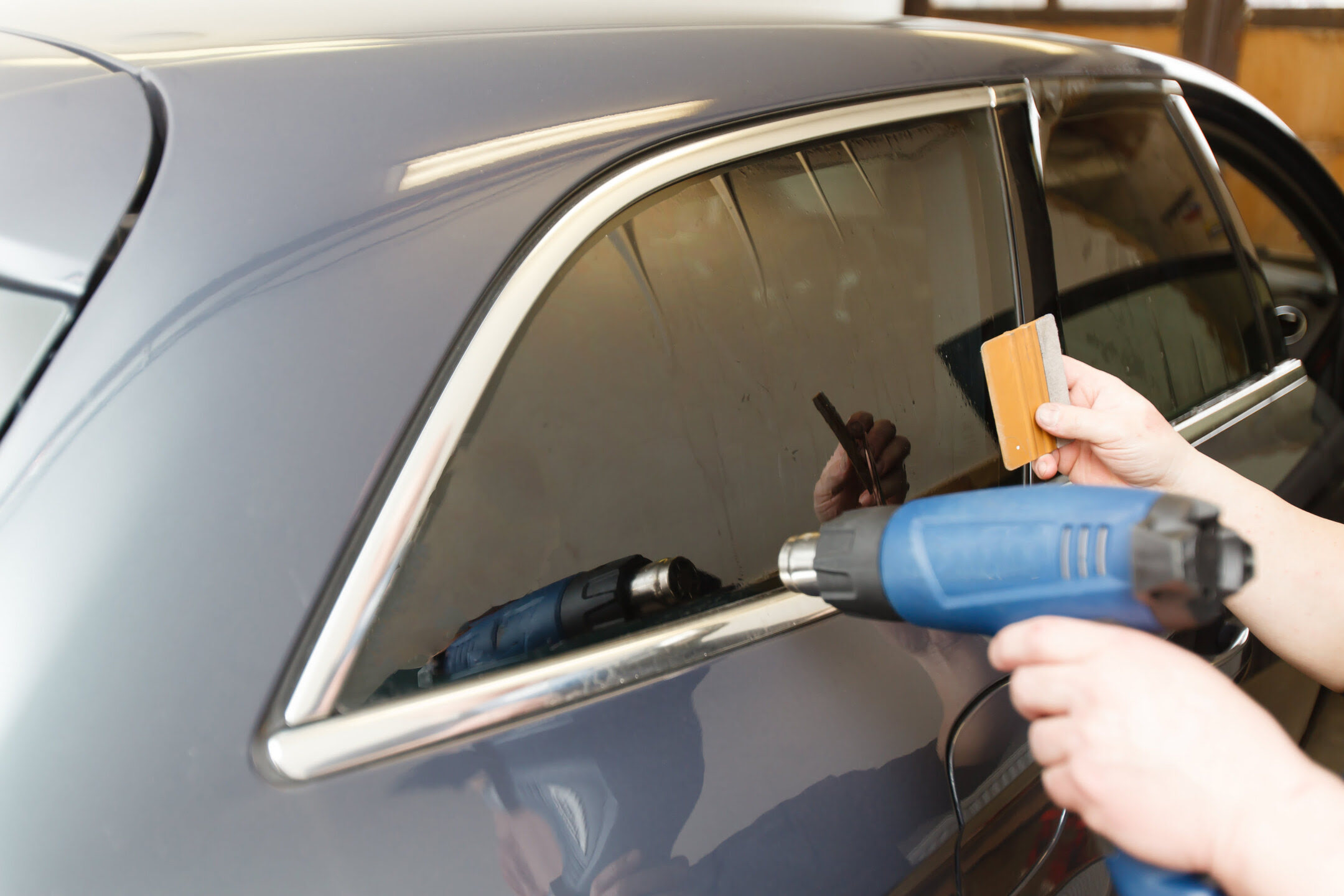
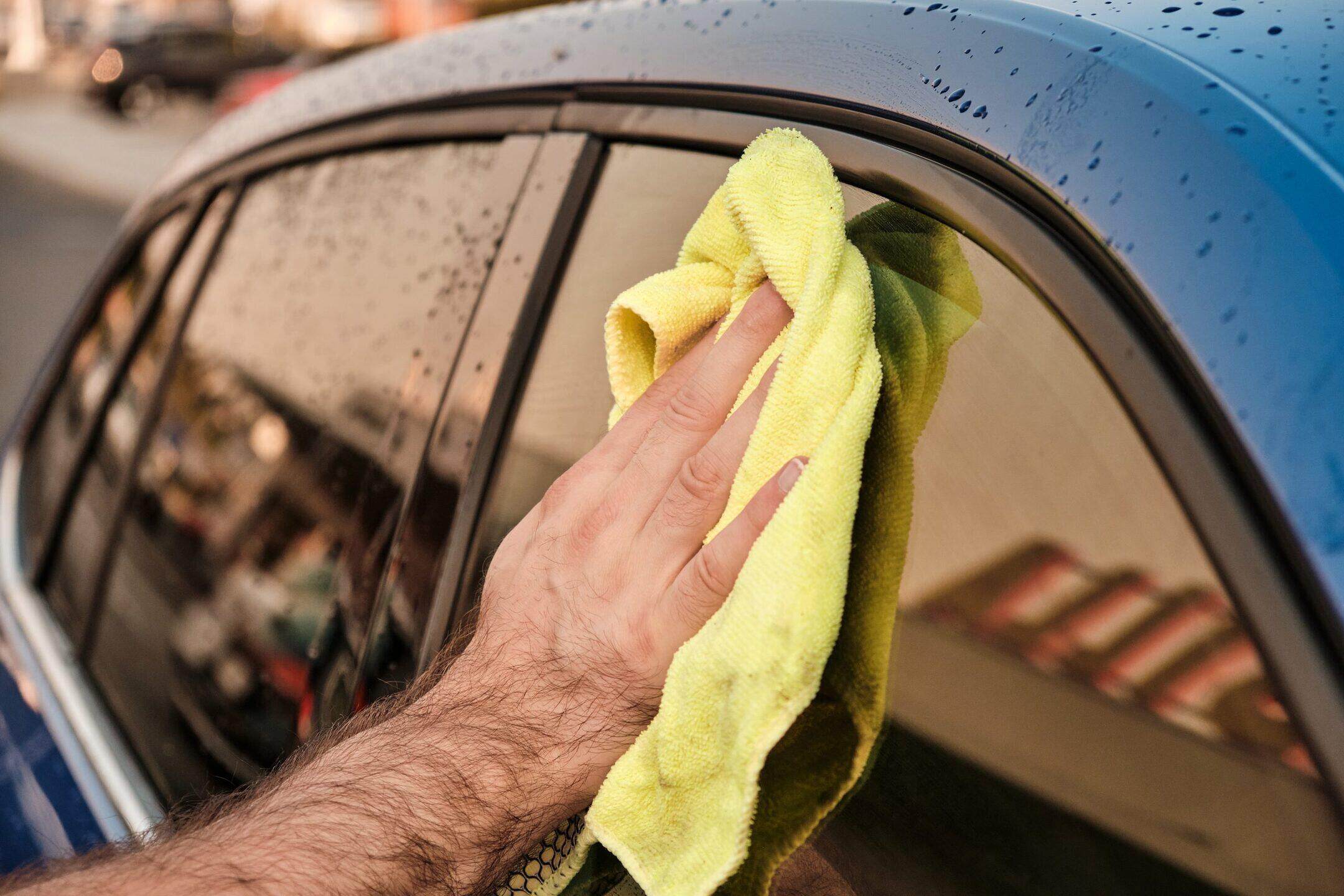

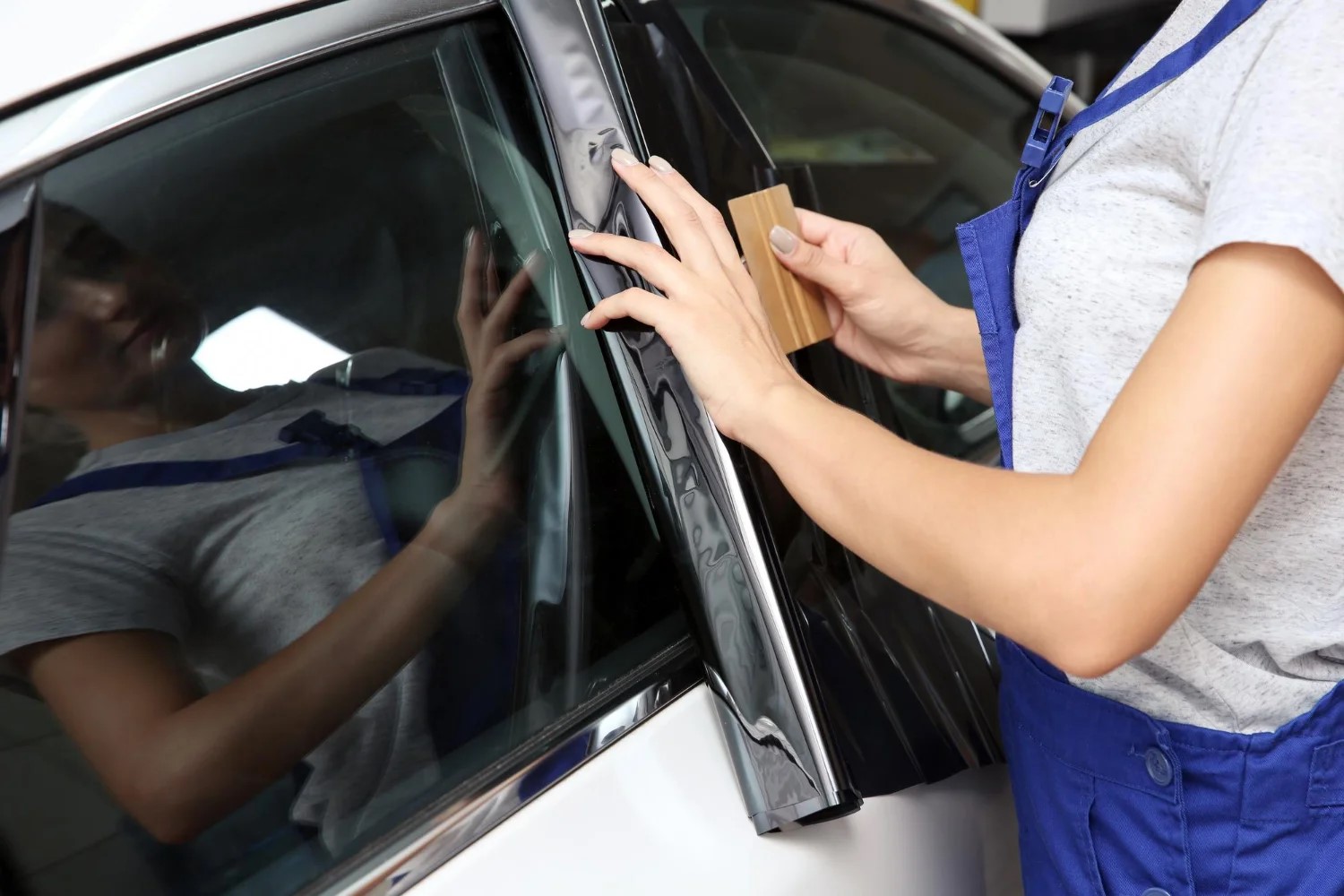
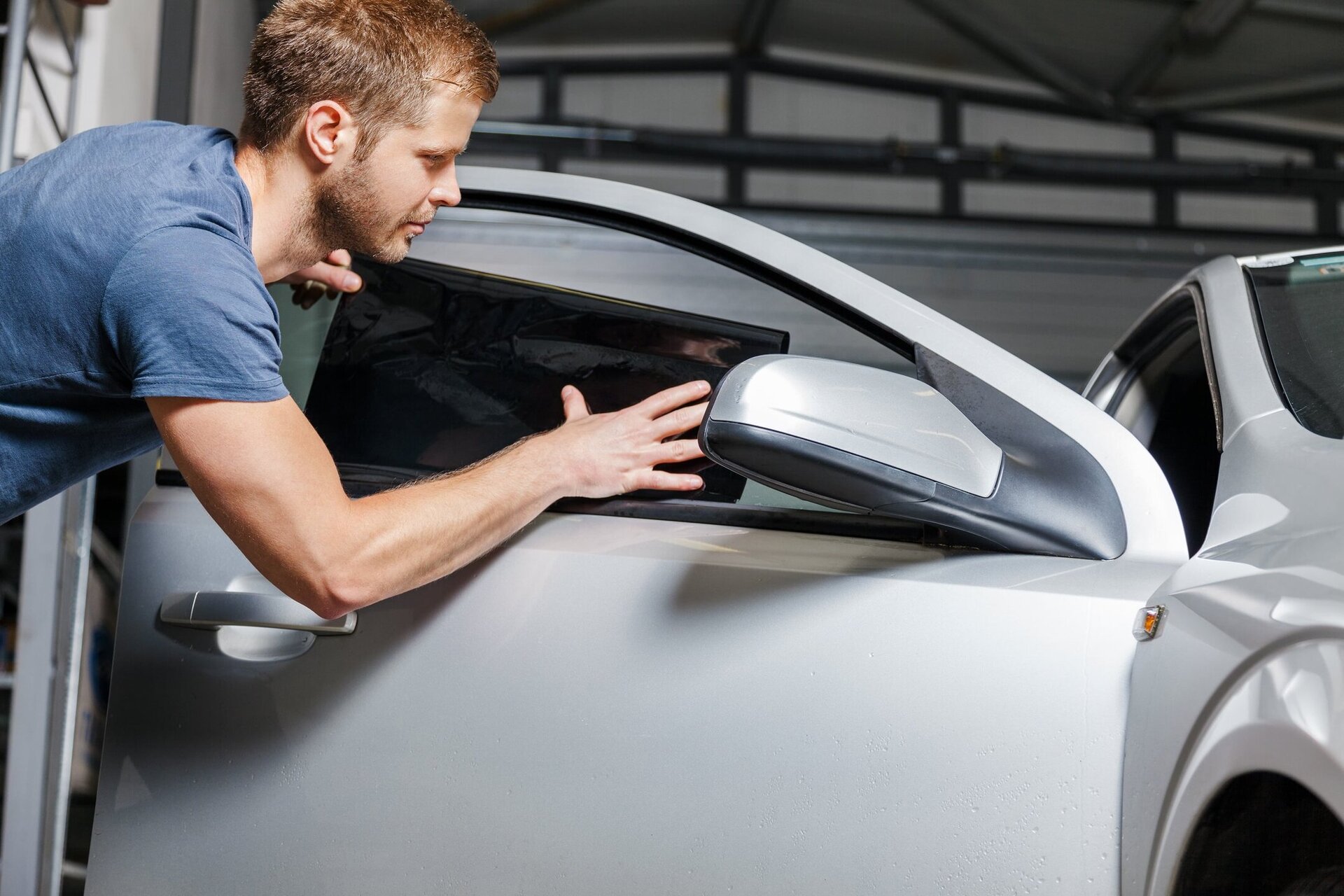

0 thoughts on “What To Do If You Left Your Car Windows Open In The Rain”